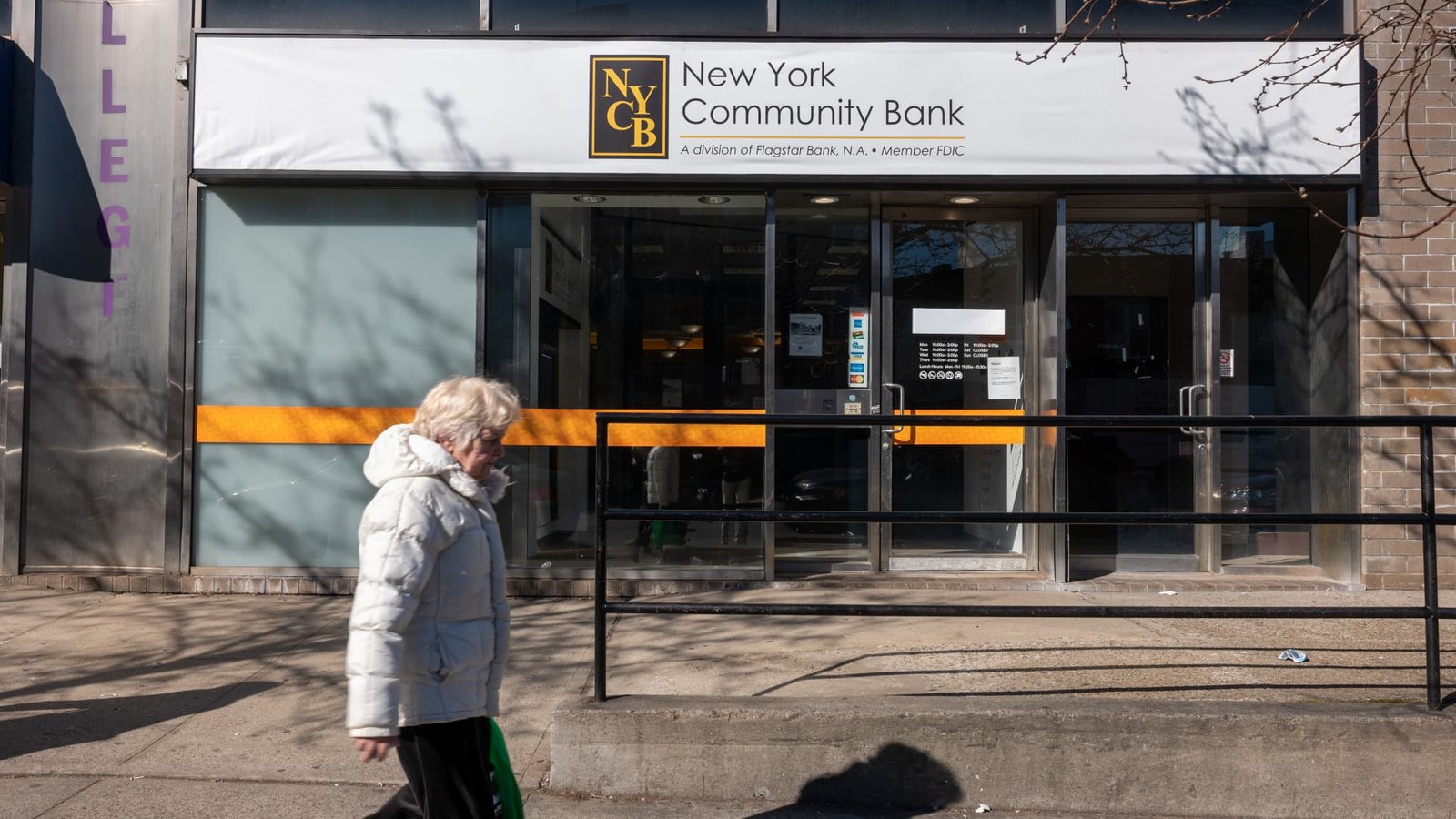The recent tumultuous events at New York Community Bank (NYCB) have raised concerns among investors and analysts alike. The bank’s announcement of a $1 billion-plus capital injection led by former Treasury Secretary Steven Mnuchin’s Liberty Strategic Capital has sparked a mix of relief and skepticism about the future of the regional bank.
In the month leading up to the capital infusion, NYCB reported a 7% drop in deposits, falling from $83 billion to $77.2 billion. This decline in deposits, coupled with Moody’s downgrade of the bank’s credit ratings to junk status, signaled a troubled period for the institution. The bank also decided to slash its quarterly dividend by 80%, from 5 cents to 1 cent per share, in response to its financial challenges.
The flurry of negative news surrounding NYCB, including the departure of two CEOs, multiple rating agency downgrades, and significant stock price drops, created an atmosphere of uncertainty among investors. The stock price dipped below $2 per share at its lowest point but rebounded after the announcement of the capital injection.
Steven Mnuchin, the driving force behind the capital infusion, expressed optimism about NYCB’s future prospects. In an interview with CNBC, Mnuchin highlighted the bank’s potential to become a “very attractive regional commercial bank” with the added capital strengthening its balance sheet. He acknowledged concerns about the bank’s loan portfolio, particularly its exposure to New York office loans, but remained confident in NYCB’s ability to navigate these challenges.
Incoming CEO Joseph Otting outlined the bank’s strategy to enhance its capital and liquidity levels, reduce its concentration in commercial real estate loans, and potentially sell off assets to improve its financial position. Analysts believe that NYCB may need to make tough decisions, such as reducing its asset size to avoid heightened regulatory scrutiny on capital and risk management.
Despite the positive outlook following the capital injection, concerns persist about the impact of commercial real estate losses on regional banks. Analysts anticipate challenges as loans come due in the coming years, potentially leading to further problems for lenders in the industry. The Mnuchin investment, while seen as a positive development for regional banks overall, may not be enough to shield NYCB from the broader challenges facing the sector.
In conclusion, NYCB’s recent struggles and the subsequent capital injection have put the bank at a crossroads. The path ahead will require careful navigation, strategic decision-making, and a steadfast commitment to rebuilding trust with investors and regulators. As the bank seeks to address its financial vulnerabilities and reshape its business model, the coming months will be crucial in determining NYCB’s ability to weather the storm and emerge stronger on the other side.




